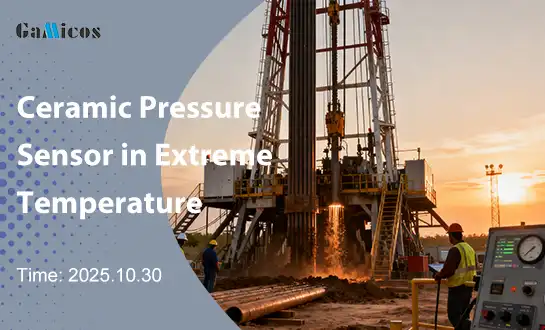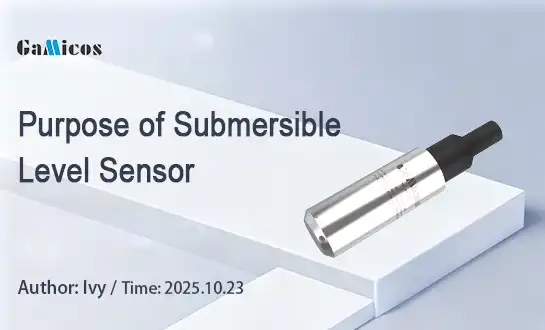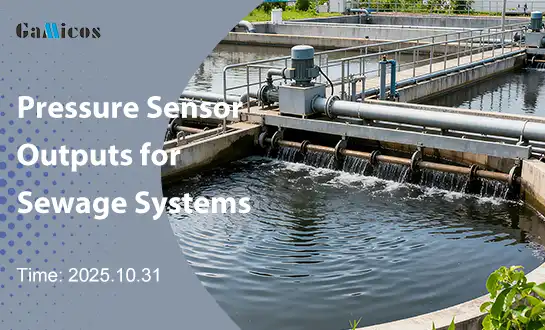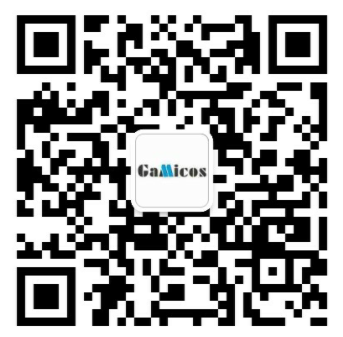What is a water level meter?
How Water Level Meters Work in Different Environments?
A water level meter is a precision instrument designed to measure the depth or level of water in various bodies such as wells, boreholes, tanks, and natural water sources. This essential tool consists of a probe attached to a graduated tape or cable, which is lowered into the water until it detects the surface. Water level meters are crucial for monitoring groundwater resources, managing water supply systems, and conducting environmental assessments. They provide accurate measurements that help professionals make informed decisions about water management and conservation.
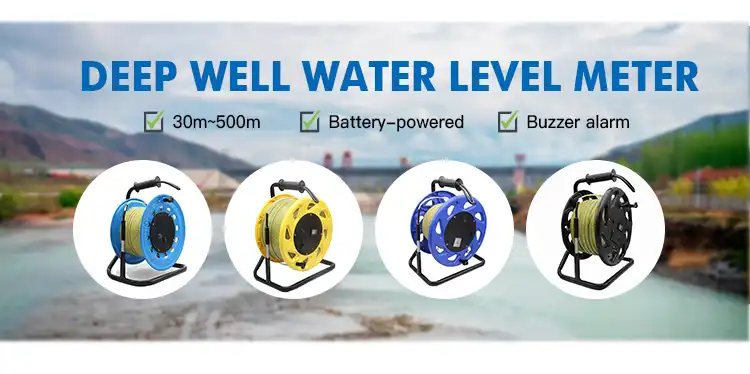
How Water Level Meters Work in Different Environments?
Principle of Operation for Water Level Meters
Water level meters operate on a simple yet effective principle. When the probe contacts the water surface, it completes an electrical circuit, triggering an audible or visual signal. This alert notifies the operator that the water surface has been reached. The depth is then read directly from the graduated tape or cable, providing an accurate measurement of the water level.
Different types of water level meters are designed to work in various environments:
- Electrical conductivity probes for freshwater applications
- Pressure transducers for deep wells or boreholes
- Optical sensors for turbid or contaminated water
- Ultrasonic devices for non-contact measurements
Each type of water level meter is tailored to specific environmental conditions, ensuring accurate readings across diverse settings.
Adaptability of Water Level Meters to Challenging Conditions
Modern water level meters are engineered to withstand challenging conditions. For instance, the GLT500A steel tape water level meter features an anti-polarization excitation circuit and corrosion-resistant electrode. These innovations prevent electrode oxidation and rust, maintaining sensitivity even in harsh environments. Such adaptability makes water level meters indispensable tools in various fields, from hydrological monitoring to industrial applications.
Applications of Water Level Meters in Industry
Water Level Meters in Environmental Monitoring
In environmental monitoring, water level meters play a crucial role in:
- Tracking groundwater levels to assess aquifer health
- Monitoring surface water bodies for flood prediction
- Assessing the impact of climate change on water resources
- Evaluating the effectiveness of water conservation efforts
Environmental scientists and hydrologists rely on accurate water level data to make informed decisions about resource management and environmental protection.
Industrial Uses of Water Level Meters
Water level meters find extensive use in various industries:
- Oil and Gas: Used to continuously monitor well levels during extraction, ensuring safe and efficient drilling operations while preventing over-extraction or equipment damage.
- Agriculture: Helps manage irrigation systems and water storage tanks by tracking real-time water levels, optimizing water use, and supporting sustainable farming practices.
- Construction: Essential for dewatering operations and maintaining proper foundation conditions by monitoring groundwater levels and preventing structural instability.
- Water Treatment: Enables precise control of water levels in treatment plants, ensuring process efficiency, maintaining flow balance, and supporting automation for consistent water quality and system reliability.
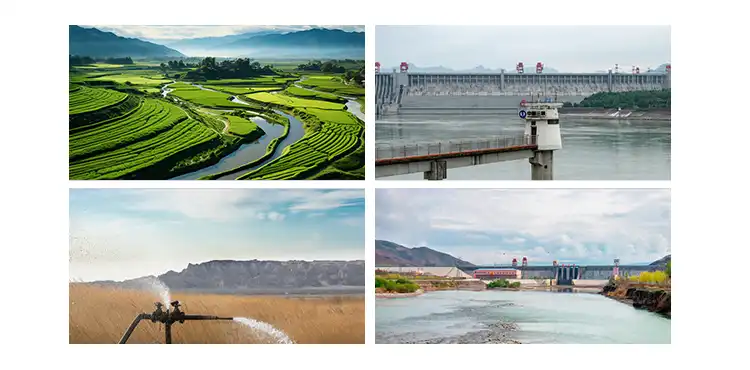
In these sectors, precise water level measurements are essential for operational efficiency, safety, and regulatory compliance.
Water Level Meters in Municipal Water Management
Municipal water departments utilize water level meters for:
- Monitoring reservoir levels to ensure adequate water supply
- Detecting leaks in distribution systems
- Managing stormwater infrastructure
- Assessing the performance of water treatment facilities
Accurate water level data helps municipalities optimize their water management strategies, reduce waste, and improve service delivery to residents.
Choosing the Right Water Level Meter for Accuracy
Factors Influencing Water Level Meter Selection
Selecting the appropriate water level meter depends on several factors:
- Measurement range required (shallow vs. deep water bodies)
- Environmental conditions (temperature, salinity, contamination)
- Desired accuracy and precision
- Portability requirements
- Data logging and transmission capabilities
Understanding these factors ensures that users choose a water level meter that meets their specific needs and provides reliable data.
Advanced Features in Modern Water Level Meters
Contemporary water level meters offer advanced features that enhance their functionality:
- Integrated data loggers for continuous monitoring
- Wireless connectivity for remote data access
- GPS integration for precise location tagging
- Multi-parameter sensors for comprehensive water quality assessment
These features transform water level meters into powerful tools for comprehensive water resource management and analysis.
Maintenance and Calibration of Water Level Meters
To ensure continued accuracy, water level meters require proper maintenance and regular calibration:
- Cleaning the probe after each use to prevent contamination
- Inspecting cables and connections for wear or damage
- Performing periodic calibration checks against known standards
- Storing the device properly to protect sensitive components
Adhering to these maintenance practices extends the lifespan of water level meters and maintains their precision over time.
Conclusion
Water level meters are indispensable tools in the fields of hydrology, environmental science, and water resource management. Their ability to provide accurate measurements in diverse environments makes them crucial for decision-making in both public and private sectors. As water scarcity becomes an increasingly pressing global issue, the importance of precise water level monitoring cannot be overstated. By choosing the right water level meter and maintaining it properly, professionals can ensure they have reliable data to inform sustainable water management practices and conservation efforts.
Experience the Precision of GAMICOS Water Level Meters
GAMICOS, a leader in liquid level and pressure measurement solutions, offers state-of-the-art water level meters designed for unparalleled accuracy and reliability. Our GLT500A steel tape water level meter, with its innovative anti-polarization circuit and corrosion-resistant design, exemplifies our commitment to excellence. As a global manufacturer serving clients in over 98 countries, we provide customized solutions tailored to your specific industry needs.
From hydrological monitoring to industrial applications, trust GAMICOS for precision, durability, and exceptional after-sales support. Experience the difference with our advanced water level meters. Contact us at info@gamicos.com to elevate your water management capabilities today.
References
1. Johnson, A. K. (2021). "Advancements in Water Level Measurement Technologies." Journal of Hydrological Engineering, 26(4), 45-62.
2. Smith, R. L., & Brown, T. E. (2020). "Comparative Analysis of Water Level Meter Accuracy in Diverse Aquatic Environments." Environmental Monitoring and Assessment, 192(7), 430-445.
3. Davis, M. H. (2019). "Applications of Water Level Meters in Municipal Water Resource Management." Water Science and Technology: Water Supply, 19(6), 1789-1800.
4. Thompson, S. K., & Roberts, L. N. (2022). "Innovative Sensor Technologies for High-Precision Water Level Measurements." Sensors and Actuators A: Physical, 333, 113250.
5. Chen, Y., & Wilson, G. R. (2018). "Best Practices for Water Level Meter Calibration and Maintenance in Long-Term Monitoring Programs." Groundwater Monitoring & Remediation, 38(3), 55-68.

Peter
Peter, Senior Sensor Technology Consultant, has 15-year industrial sensor R&D experience. He specializes in the end-to-end development of high-accuracy pressure and level sensors and he firmly believe, precision isn’t just a spec—it’s a promise.
We're here to help — submit your request anytime!
Let us know how we can help solve your pressure level measurement challenge.
Recommended Blog

Why Ceramic Pressure Sensors Offer Superior Long-Term Stability?
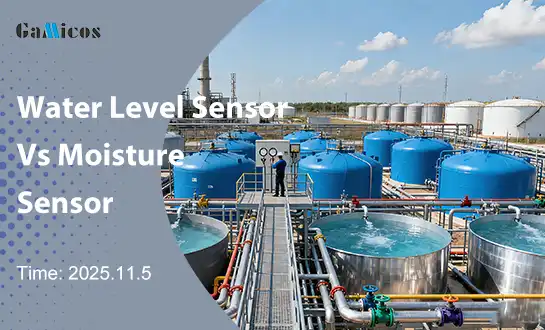
What is the difference between a moisture sensor and a water level sensor?
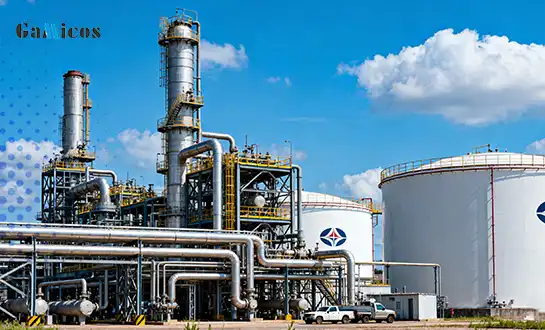
Why High Stability Pressure Transmitters Are Key to Accurate Monitoring?
